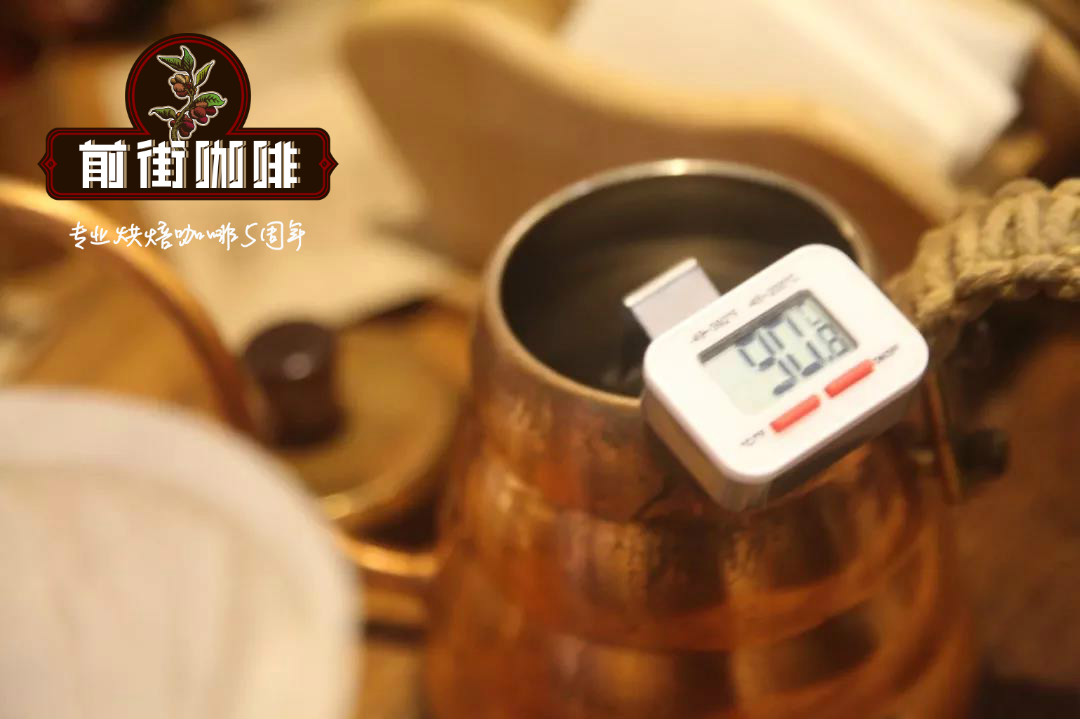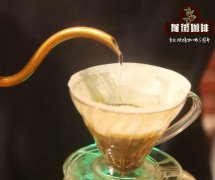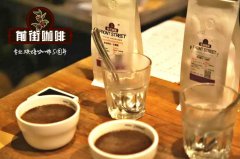Which manor is good for mocha coffee? Yemeni mocha coffee manor brand recommends high-quality mocha coffee flavor.

Professional coffee knowledge exchange more coffee bean information please follow the coffee workshop (Wechat official account cafe_style)
Name Yemeni Mokamatari Yemen Mocca Mattari
Origin / Manor Yemen Matari
The geographical environment of production is above 1400 meters above sea level
Treatment mode of solarization
Mocha coffee taste features: full acidity, strong stimulation, more prominent than the fruit flavor, with the perfect depth and concentration. When the coffee cools, it has a hint of fruit and chocolate.
Introduction to mocha Coffee
Until the sixth century AD, the leaf gate was called Arabian, so the coffee trees transported from the leaf gate to other places were also called Arab coffee trees. The origin of these trees is Ethiopia (Ethiopia), and the Dutch spread these coffee trees all over the world. Dutch merchants heading eastward around the Cape of good Hope had to pass through the east coast of Africa to the port of Mocha in Yemen before they began their trek to India. In 1696 the Dutch introduced the coffee tree to Ceylon (now Sri Lanka) and then to Batavia in Java.
Mocha beans are smaller and rounder than most, which makes mocha beans look like peas-in fact, bean-shaped berry coffee beans (Peaberry bean) are sometimes called mocha beans. Mocha beans are similar to Ethiopian Harrar beans in shape, with small particles, high acidity and a hint of chocolate, so the attempt to add chocolate to coffee is a natural development. In Yemen, coffee growers plant poplars to provide shade for coffee trees to grow.
As in the past, these trees are planted on steep terraces to maximize the use of less rainfall and limited land resources. In addition to Tibica and bourbon coffee trees, more than a dozen different coffee species native to Ethiopia are planted in Yemen. However, even the best coffee, such as premium mocha, is air-dried and the peel is connected to the beans. Until now, traditional stone mills are often used to remove dry and hard shells, which makes the shape of coffee beans very irregular and often damages them.
Although Yemen coffee is of high quality and slippery aroma, there is something unsatisfactory, that is, the quality can not be continuously guaranteed and the classification of its coffee beans is uncertain. Traditionally, the best coffee beans in Yemen come from Mattari, followed by Sharki, followed by Sanani. These producing areas are treated by the sun, so the coffee beans have a wild flavor, generally speaking, Yemen coffee has a unique character, wild, complex and exciting, especially the charming sour wine and deep dark chocolate flavor.
These mocha beans are low in caffeine and are exported from December to April of the following year. The problem in the past has been that coffee from the north was mixed with shoddy stuff before it was shipped from the southern port of Aden. Only coffee shipped from the port of Hodeida can be determined to come from the north.
Important Notice :
前街咖啡 FrontStreet Coffee has moved to new addredd:
FrontStreet Coffee Address: 315,Donghua East Road,GuangZhou
Tel:020 38364473
- Prev

Mocha coffee maker simple tutorial mocha coffee pot experience how to make a cup of mocha coffee
Professional coffee knowledge exchange more coffee bean information Please follow the coffee workshop (Wechat official account cafe_style) the use of the mocha coffee pot is very simple, but the brewing process is still bitter, too strong, lack of flavor from time to time. Today, the seniors share their experience in using the mocha pot, hoping to enable players of the mocha pot to master the mocha pot more accurately, cup by cup.
- Next

Rainforest Alliance is what Rainforest Alliance certified coffee quality is better? What flavor characteristics
Professional coffee knowledge exchange More coffee bean information Please pay attention to coffee workshop (Weixin Official Accounts cafe_style) Rainforest, why do you need an alliance? Rainforest Alliance (RFA) was founded in 1986 as a global non-governmental organization (NGO) in New York City to awaken the public to protect rainforests that were disappearing at a rate of 50 acres per minute.
Related
- Beginners will see the "Coffee pull flower" guide!
- What is the difference between ice blog purified milk and ordinary milk coffee?
- Why is the Philippines the largest producer of crops in Liberia?
- For coffee extraction, should the fine powder be retained?
- How does extracted espresso fill pressed powder? How much strength does it take to press the powder?
- How to make jasmine cold extract coffee? Is the jasmine + latte good?
- Will this little toy really make the coffee taste better? How does Lily Drip affect coffee extraction?
- Will the action of slapping the filter cup also affect coffee extraction?
- What's the difference between powder-to-water ratio and powder-to-liquid ratio?
- What is the Ethiopian local species? What does it have to do with Heirloom native species?

